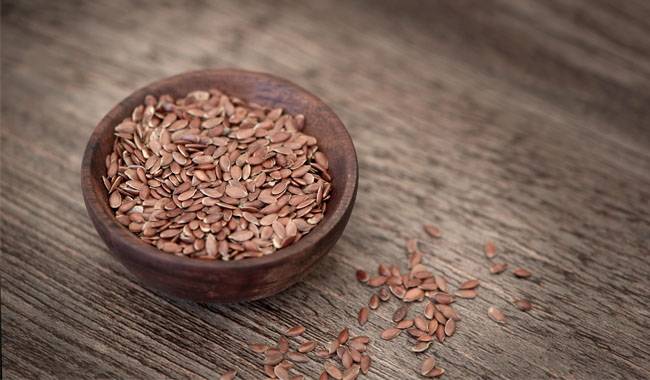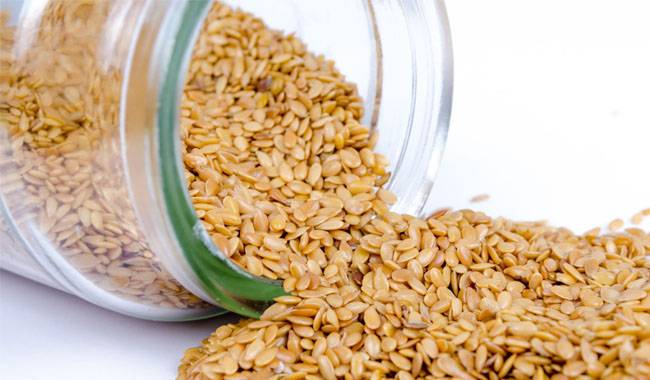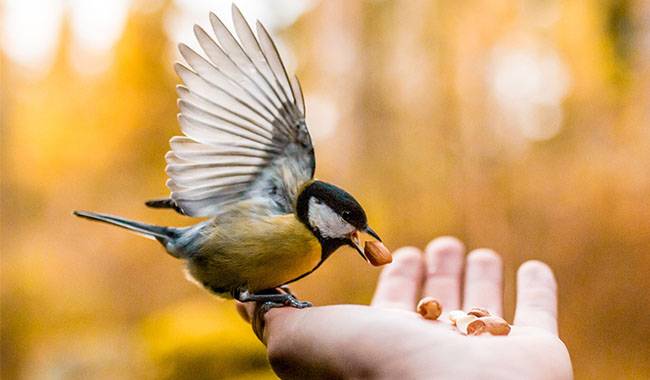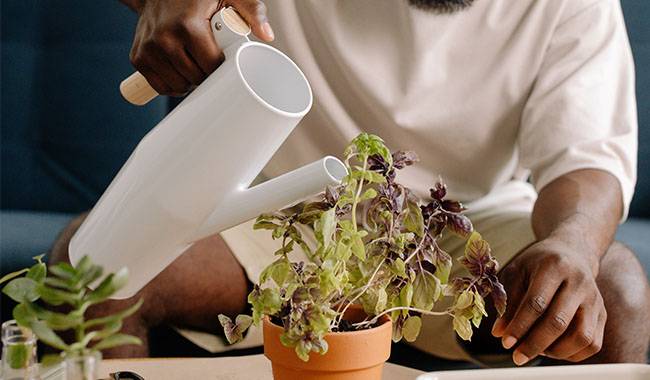
The work of fall is done. The garden is ready for the next season. Now is the time to prepare for the spring work by raising seedlings and sowing early crops in open fields, greenhouses, and conservatories. In the winter evenings, with the sound of rustling rain in the south or snowfall in the central and northern regions, you can start the sowing process.
Usually, after all, harvesting is done in late fall, gardeners compile a list of crops, check the relevant localities for varieties of seeds or hybrids available, and choose to buy and sow planting material based on neighbors’ descriptions or stories. In this article, you will learn how to save seeds – storing vegetable seeds at home until next year?
Remember! Only if the seeds are stored properly can you grow healthy seedlings that will germinate in due time. Therefore, it is necessary to know the changes in biochemical processes during the storage of seeds, conditions of storage, economic durability (germination rate) of seeds of various crops. Violation of storage rules will lead to a sharp decrease in the germination rate, the defeat of various diseases, and as a result, a low-quality yield at high material and labor costs.
BIOCHEMICAL PROCESSES IN SEEDS DURING STORAGE
A distinction is made between the biological and economic longevity of seed germination capacity. Biological longevity is of primary interest to biological scientists, but economic longevity is of continuing interest to practical workers. It is the economic longevity that determines the conditional germination capacity of seeds, which decreases dramatically if storage requirements are not met.
Causes of reduced germination
The main causes of loss of seed germination are thought to be increased moisture content in the seed and air and increased temperature in the room where the seeds are stored.
Seeds are very hygroscopic. They can absorb water vapor from the air and release water vapor-like moisture into the environment. Under optimal conditions, a healthy equilibrium “respiration” of seeds (how much goes in and how much comes out) occurs. The level of this equilibrium respiration depends on the biological characteristics of the seed and is determined by the composition, size, and density of the seed coat in terms of starch and crude fat content.
When seeds are between 6-12% water, their respiration is negligible. A 1-2% increase in moisture content sharply increases the intensity and temperature of seed respiration. Biochemical processes begin, leading to a loss of dry matter. As a result, the germination rate decreases sharply, seeds become moldy and may rot and die, or the germination rate is greatly reduced.
For example, in cabbage, a 2% increase in optimum seed moisture can speed up respiration 27 times, and a 4% increase can speed it up 80 times. In fact, seeds begin to germinate untimely and, of course, die. The optimum storage temperature for most crops in the Cruciferae, Pumpkin, and Nightshade families is 50-53 °F (10-12ºC) with no more than 60% relative indoor humidity.
For Umbelliferae, Celery, Liliaceae, Pumpkin, some Cruciferae, and Solanaceae, the humidity should be reduced to 50% during storage without changing the temperature. Sufficiently dried seeds do not lose their ability to germinate and store well at winter temperatures of 23-33 °F (-5 to 1ºC).
METHODS OF STORING SEEDS
Seeds can be stored both indoors and outdoors.
With the open method, seeds are stored in containers for the entire period, easily allowing air and moisture to penetrate the seeds. Such containers are made of natural fabrics – flax or jute, sewn-in 1-2 layers (tops, sacks, bags, etc.).
Using the closed storage method (which is less common), the seeds are placed in a moisture-proof container. The soft container has 2 layers. The upper layer is usually made of fabric, and the inner layer is polyethylene. The moisture content of the seeds in the polyethylene liner does not exceed 6-9%. The polyethylene liner with seeds is tied tightly to prevent moisture penetration, while the upper fabric liner is only tied tightly or with side ears.

WHERE TO STORE SEEDS AT HOME?
At home, seeds are best stored in thick paper bags in plastic containers or small jars. Seeds that are not completely used can be left in the bags you bought, carefully rolled up to prevent moisture. The best way to store them is to put some dry flour, cornstarch, or other moisture-absorbing material in the bottom of a glass jar. Place the bag on top and close the lid tightly.
It is best to store the seeds in the bottom of the refrigerator or a separate cool room. Some sufficiently dried seeds (dill, fennel, carrot, parsley, lettuce leaves) can be conveniently stored in glass jars. In dense foil bags, seeds can suffocate and lose their germination ability or die completely within 1-2 years.
HOW LONG WILL GERMINATED SEEDS LAST?
The germination of seeds is indicated on the label, along with the name, year of collection, and grade. This information is necessary to obtain fully grown seedlings, as storage beyond this time will greatly reduce their germination capacity, and the seedlings will have very low immunity to pests and diseases.
The grade indicated on the label describes the germination rate of the seeds. Grade 1 seeds have the highest germination rates, ranging from 60-95% for various crops. Grade II seeds have a germination rate of 40-85%. Germination rates will help gardeners determine the density of their crops more accurately.
If stored properly, seeds of vegetable crops maintain a high germination rate during the following periods.
1-2 years: celery, chives, parsnips, corn, onions, leeks
2-3 years: lovage, parsley, dill, spinach, sorrel, leeks, coriander,
3-4 years: lettuce, carrots, sweet peppers, black onions, fennel, peas,
3-5 years: kohlrabi, turnips, beets, cauliflower, eggplant,
4-5 years: tomatoes, radishes, rutabagas, white cabbage, broccoli,
4-6 years: beans, Wild bean,
6-8 years: cucumbers, squash, squash, melons, watermelons.
There is no limit to the germination time of the above spicy (green) and vegetable crops. For well-dried seeds, temperature fluctuations are not terrible, but if the moisture content of the seeds will be higher than the critical value, at low temperatures, due to the disturbance of the respiratory rhythm, the seeds will mold (receive more than they can give up), and then the germination retention time will be drastically reduced. Under optimal conditions, seeds can survive for another 3-5 years, and some (tomatoes) for 10 years.
A FEW RULES TO KEEP IN MIND
Put seeds bought from the counter in the winter immediately in the refrigerator or a cold place. In a warm room, the cold packets will collect condensation, which can affect the moisture content of the seeds.
In northern areas, it is best to buy seeds from the previous year’s crop. Due to the shorter summer, the seeds did not mature at harvest and ripened prematurely indoors. As a result, the germination rate and germination energy (survival rate) of freshly harvested seeds are lower.
In the south, the difference in germination rate of 1-2-year-old seeds is almost indistinguishable. However, freshly purchased seeds should be heated at home at a temperature no higher than 86-95 °F (30-35ºC) before being put into storage.
More Related Information About Seeds







